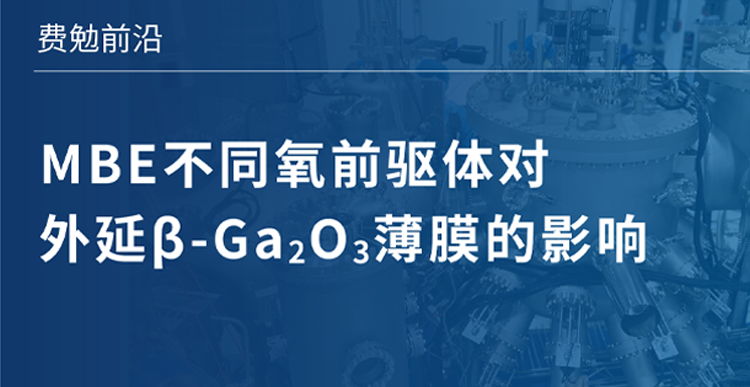 Your current location: Home > Technical Support > Popular Science Column > Low Temperature...
Your current location: Home > Technical Support > Popular Science Column > Low Temperature... Hello everyone, previously we have mastered how to obtain low temperatures through six methods: phase change refrigeration, gas isenthalpic expansion refrigeration, adiabatic degassing refrigeration, eddy current refrigeration, temperature difference thermoelectric refrigeration and 3He-4He helium dilution refrigeration. This issue will show you how to obtain low temperatures through two methods: adiabatic demagnetization refrigeration and laser refrigeration.
7. Adiabatic demagnetization refrigeration
A technology that uses paramagnetic materials to reduce the temperature to mK and lower temperatures. The adiabatic demagnetization process can only be achieved at extremely low temperatures because there is a phonon thermal effect when it is greater than 2K or 3K. Under the action of low temperature and strong magnetic field B, the magnetic moment µ of the atoms or nuclei of paramagnetic substances will be neatly arranged along the direction of the magnetic field; if the paramagnetic substances in this state are subjected to adiabatic demagnetization technology, they can be cooled to extremely low temperatures close to absolute zero.
Usually, some paramagnetic salt substances such as cerium magnesium nitrate, chromium potassium alum and other salts containing magnetic ions are first cooled to 1K or lower under a strong magnetic field using liquid helium. At this time, the atomic magnetic moment factor (µB/kT) will be greater than 1, and most of the atomic magnetic moments will be neatly arranged along the direction of the magnetic field, and the magnetization of the substance is close to saturation. Subsequently, these substances are insulated from the outside world, and the external magnetic field is removed, and the temperature of the paramagnetic salt substances will drop significantly. Using this adiabatic demagnetization method of atomic magnetic moment, low temperatures of the order of 10-3K can be obtained. The specific value is limited by the spontaneous magnetic ordering temperature of paramagnetic salts. For cerium magnesium nitrate, the lowest temperature that can be obtained is about 1.5mK.
In order to obtain a lower temperature, such as 10-6K, it is necessary to use a nuclear magnetic moment system with a lower spontaneous magnetic ordering temperature. Because the magnetic moment of the atomic nucleus is too small, even at a temperature of 1K, the value of the factor (µB/kT) is still only on the order of 10-3K. Generally, a dilution refrigerator is used to reduce the temperature to 10-3K. However, if the temperature of paramagnetic salts is first reduced to 10-3K by adiabatic demagnetization of atomic magnetic moments, the value of (µB/kT) is close to 1 at this time, and most of the nuclear magnetic moments will be arranged along the direction of the external magnetic field. The adiabatic demagnetization method of nuclear magnetic moments can be used to further reduce the temperature of the sample. PrNi5 alloy and metallic copper are commonly used nuclear adiabatic demagnetization materials. Using PrNi5 as the first stage and copper as the second stage, the temperature of copper can be reduced to 10-6K.
When removing the magnetic field, it is very important to keep the paramagnetic material insulated from the outside world. Because the entropy of the system cannot change during the adiabatic process, that is, the factor µB/kT related to the degree of order of the magnetic moment arrangement is a constant. When B decreases, the temperature T will decrease accordingly. In addition, at very low temperatures, the heat capacity of solid materials is extremely small, and a small amount of heat leakage will cause a large increase in temperature. In the adiabatic demagnetization of paramagnetic salts, the heat leakage must be reduced to about 0.1µW. For nuclear adiabatic demagnetization, the maximum heat leakage is about 1nW.


【Figure 1】Adiabatic demagnetization refrigeration
8. Laser refrigeration
Generally speaking, the material cooled by laser is in a vapor mass (some cutting-edge groups can now refrigerate solids such as fluorides, but they are all in a vacuum state). In the vapor state, temperature refers to the speed of molecular movement. If the speed of the molecular/atomic vapor mass is 0, it reaches absolute zero. Therefore, the physical meaning of laser cooling is to reduce the speed of the molecular/atomic vapor mass.  (kB is the Boltzmann constant, T is the thermodynamic temperature, and the left side of the equation is the average kinetic energy of the molecule)
(kB is the Boltzmann constant, T is the thermodynamic temperature, and the left side of the equation is the average kinetic energy of the molecule)

(1)When the atom is stationary, the frequency of the laser is slightly lower, so the atom cannot absorb photons and has no effect.
(2)When the atom moves in the same direction as the laser, due to the Doppler effect, the frequency felt by the atom is redshifted, and it is even less able to absorb photons, and has no effect.
(3)When the atom and the laser move in opposite directions, due to the Doppler effect, the atom absorbs photons, slows down, and then radiates a photon in any direction. After this process, the atom slows down.
There are two conclusions from this process: atoms can only absorb photons moving in opposite directions, while photons moving in the same direction cannot be absorbed, that is, they cannot be heated. After the photons are finally released in any direction, there will be a recoil momentum, so there will be a recoil limit when using Doppler cooling.
Through the study of common cooling methods, we can see that different cooling methods can be used to achieve different temperature zones.


